Template for Writing a Letter of Cooperation
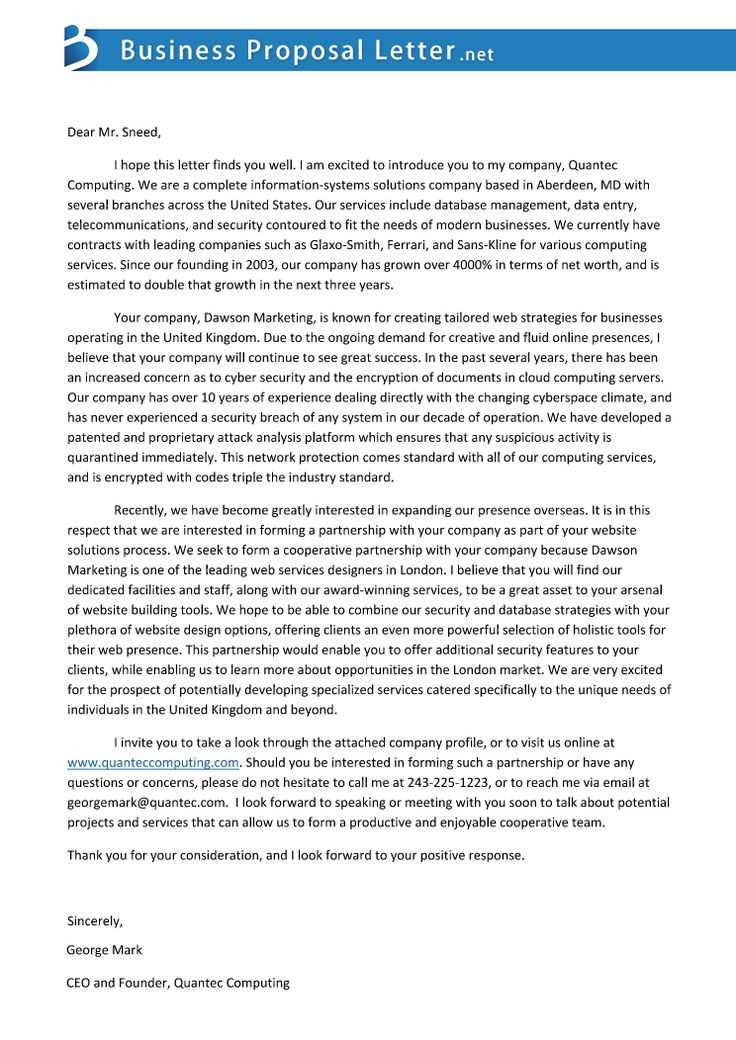
When engaging in a partnership or business arrangement, it’s crucial to have a clear, written agreement that outlines mutual expectations and responsibilities. Such a document serves as a foundation for both parties, ensuring transparency and reducing the chances of misunderstandings. Crafting an effective agreement involves understanding the key components that define a professional, well-structured collaboration.
To make the process easier, many professionals rely on standardized formats that can be customized to fit specific needs. These formats help streamline communication, ensuring that essential details are not overlooked. Whether you’re formalizing a short-term arrangement or a long-term partnership, a structured approach can facilitate a smooth exchange of terms.
Effective communication is the core of any successful arrangement. By focusing on clarity and completeness, both parties can feel confident that their commitments are understood and respected. The key to a successful partnership often lies in clear, precise documentation from the very beginning.
Key Elements of a Partnership Agreement
To ensure that both parties are aligned in their expectations, a well-crafted agreement must include several crucial components. These elements serve as the backbone of the arrangement, providing clarity and protection for all involved. Whether for short-term collaborations or long-term commitments, the following sections are essential for a comprehensive document.
Introduction and Purpose
The opening section should clearly define the purpose of the agreement and outline the context of the collaboration. This establishes the framework within which the terms will be discussed and ensures both parties understand the primary goals.
Responsibilities and Obligations
Detailing the specific duties and expectations of each party is critical. This section should include:
- The roles and tasks assigned to each participant
- Deadlines or timelines for deliverables
- Any required resources or contributions from each side
Clear definitions of each party’s obligations will help avoid confusion later on. It is important to be as specific as possible to prevent any misinterpretation of the terms.
Compensation and Benefits
This section addresses how any financial matters or other benefits will be handled. Be sure to include:
- The agreed-upon payment terms, if applicable
- Any shared resources or benefits
- Conditions under which compensation may change or be adjusted
Outlining these details provides transparency and ensures that both parties are on the same page regarding expectations and outcomes.
How to Format a Partnership Agreement
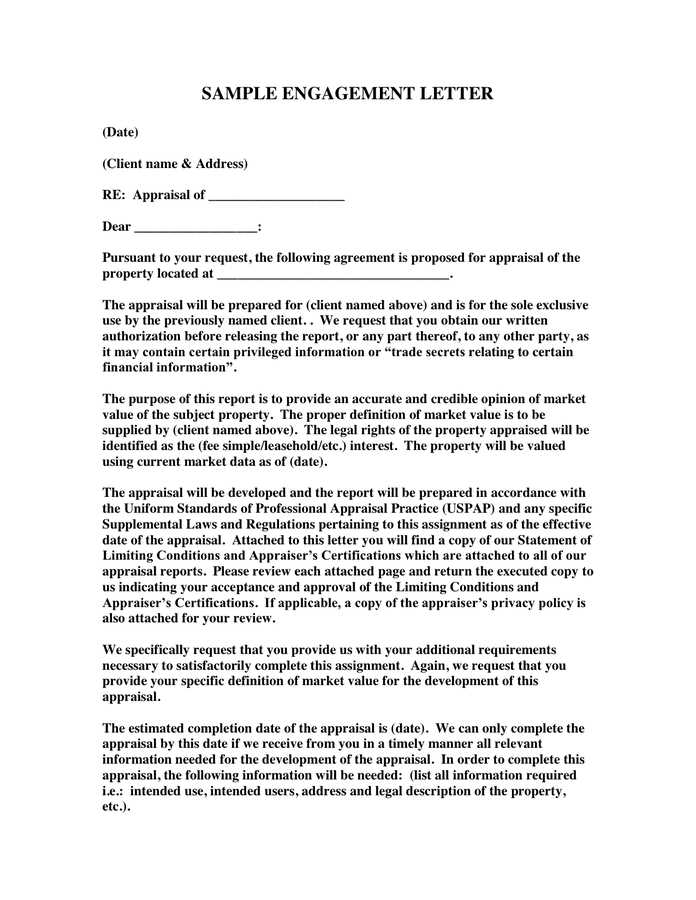
Proper structure and formatting are essential for any formal document to ensure clarity and professionalism. A well-organized agreement helps convey the purpose, terms, and expectations in an easy-to-follow manner. The right structure also increases the likelihood of both parties understanding and agreeing to the terms outlined.
The document should follow a clear, logical flow. Start with an introduction, followed by the body containing all the essential clauses and terms, and conclude with signatures to finalize the agreement. Each section should be well-defined and easy to locate for quick reference.
To maintain professionalism, consider using formal language throughout and ensure that there is consistency in tone and style. Avoid overly complicated sentences and ensure each section is clearly separated with appropriate headings for easy navigation.
Essential Tips for Writing Effectively
Clear and concise writing is the cornerstone of any formal document. To ensure that your message is understood and your intentions are communicated accurately, it is important to follow some key principles. These tips will help you draft professional, well-organized content that resonates with your audience.
Maintain Clarity and Precision
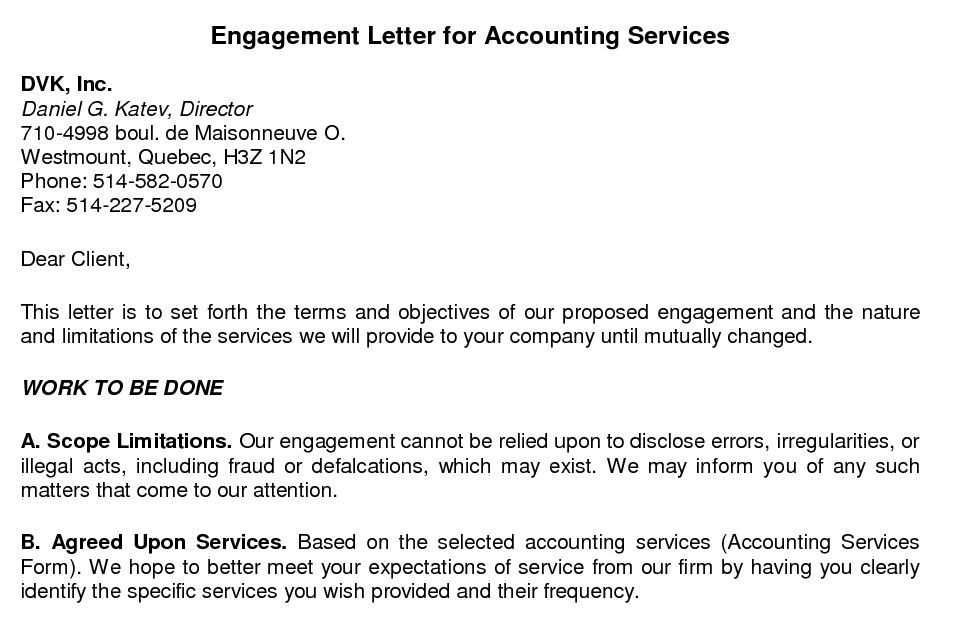
Avoid ambiguity by using straightforward language and precise terms. Being specific helps prevent confusion and ensures that the reader understands the expectations, responsibilities, and goals outlined in the document.
Be Professional and Courteous
Always keep a formal and respectful tone. Even if you’re outlining terms or addressing concerns, professionalism should be maintained throughout the document.
| Tip | Description |
|---|---|
| Use Simple Language | Complex phrases can lead to misunderstandings. Stick to clear, direct language. |
| Be Consistent | Ensure consistency in terms, tone, and style across the entire document. |
| Structure Properly | Break the content into manageable sections with relevant headings for easy reference. |
By following these practices, you will create a document that not only conveys information effectively but also fosters trust and understanding between parties involved.
Common Mistakes to Avoid in Agreements
When drafting formal documents, certain errors can compromise the clarity and effectiveness of the communication. By being aware of common pitfalls, you can ensure that your message is clear, professional, and free from misunderstandings. Avoiding these mistakes will help make the document more efficient and reliable for both parties.
Unclear or Vague Language
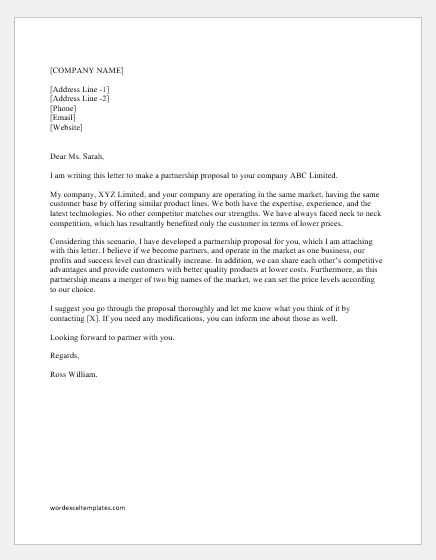
One of the most frequent issues in formal agreements is using ambiguous language. This can lead to misinterpretations and confusion down the line. To avoid this:
- Be specific with terms and descriptions
- Avoid using jargon or overly complex phrases
- Ensure each responsibility and expectation is clearly stated
Neglecting to Proofread
Typos or grammatical errors can damage the professionalism of a document. Even small mistakes can lead to miscommunications, so it’s crucial to review your work thoroughly. Here’s how to minimize errors:
- Read the document multiple times before finalizing
- Have someone else review it for clarity and accuracy
- Use grammar and spell-check tools to catch minor mistakes
By addressing these common mistakes, you can ensure that your document is professional, clear, and serves its purpose effectively.
Best Practices for Professional Communication
Effective communication is essential for establishing and maintaining strong professional relationships. By following a few best practices, you can ensure your message is clear, respectful, and aligned with the expectations of all parties involved. This not only helps to avoid misunderstandings but also promotes positive interactions.
Clarity and Conciseness
When conveying important information, it’s crucial to be both clear and concise. Avoid unnecessary jargon or overly complicated sentences that may confuse the reader. Instead, focus on the key points and present them in a straightforward manner.
Maintain a Respectful Tone
Always ensure that your tone remains polite and respectful, even when discussing challenging issues. Professional communication should foster a sense of collaboration and understanding, so it’s important to avoid sounding demanding or dismissive. A courteous approach helps to create a positive atmosphere and encourages mutual respect.
By incorporating these practices into your writing, you create an environment of trust and professionalism, which is essential for successful partnerships and agreements.
When to Use a Partnership Agreement
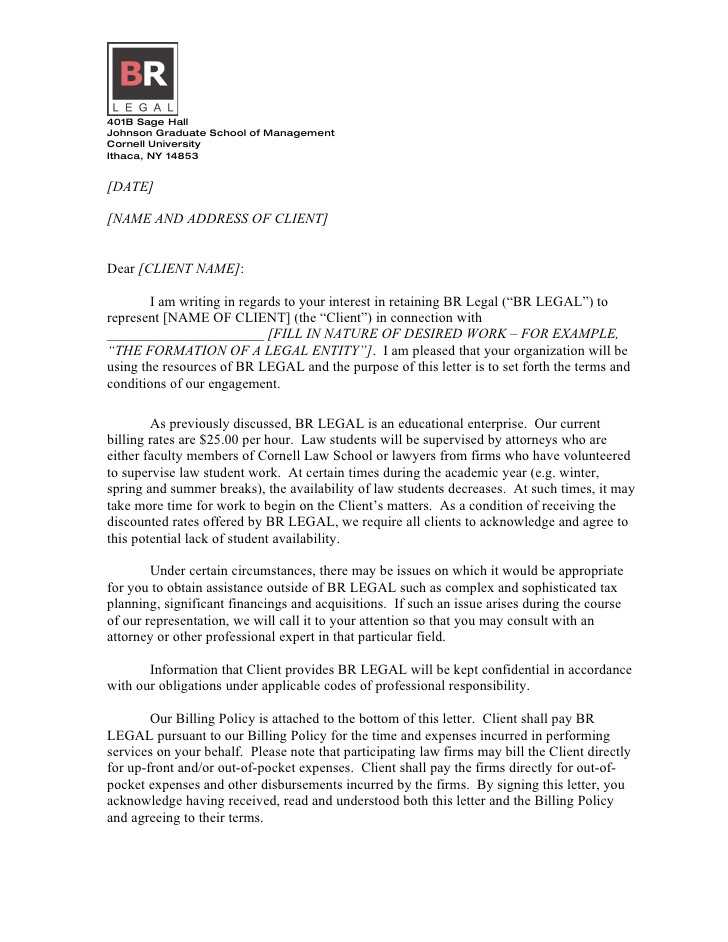
There are specific circumstances in which formal agreements are necessary to ensure that both parties are aligned in their goals and expectations. Such documents are typically employed when two or more entities wish to establish a clear and structured understanding of their shared objectives and responsibilities.
Formalizing Professional Relationships
These documents are essential when initiating new collaborations or partnerships. Whether it’s a joint venture, a long-term project, or a mutual effort, having a documented agreement ensures that all parties are on the same page, reducing the risk of miscommunication or conflicts down the road.
Clarifying Roles and Expectations
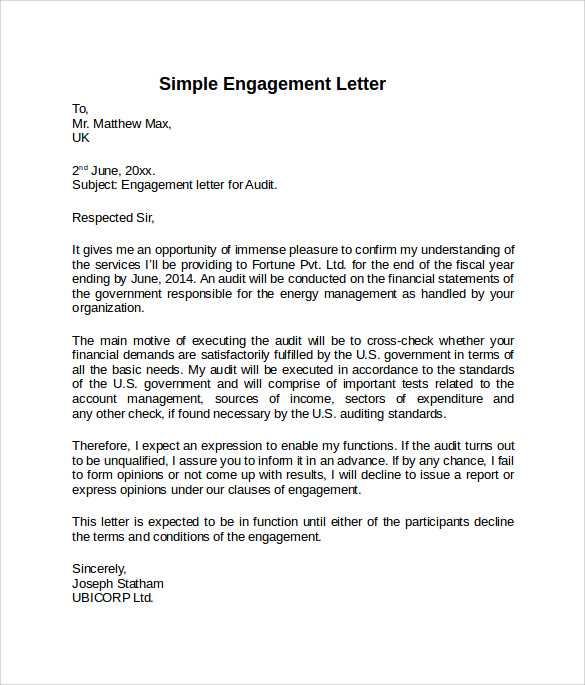
When roles, contributions, or financial responsibilities need to be outlined clearly, a formal agreement is crucial. It serves as a reference point that clarifies each party’s obligations, expectations, and the terms of their involvement in the arrangement.
Using such an agreement helps build trust, ensuring that all parties are confident in the partnership and its terms, leading to smoother cooperation and successful outcomes.